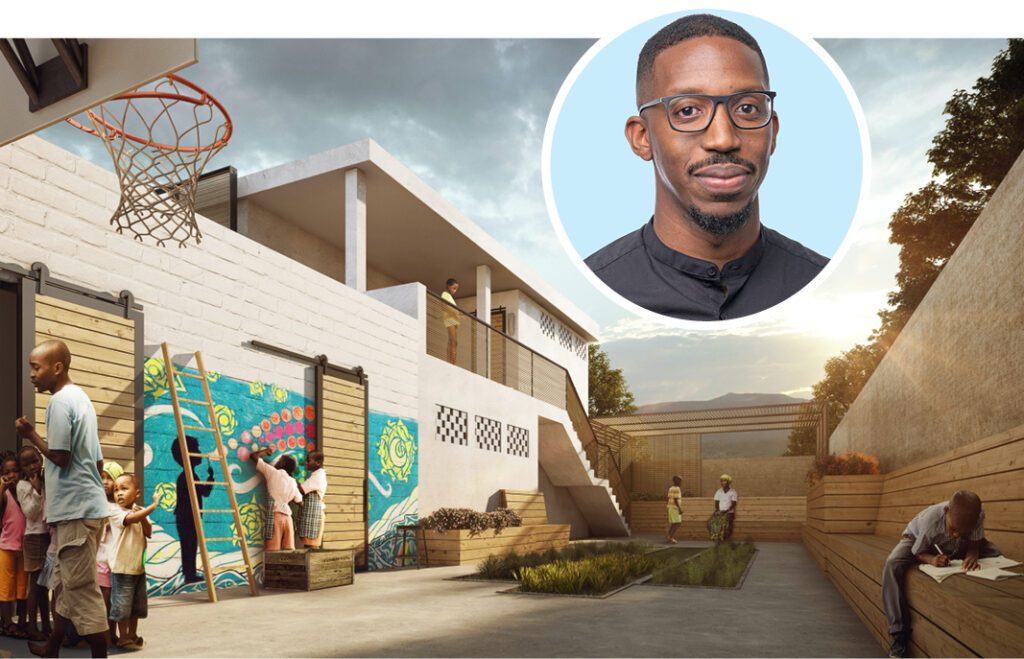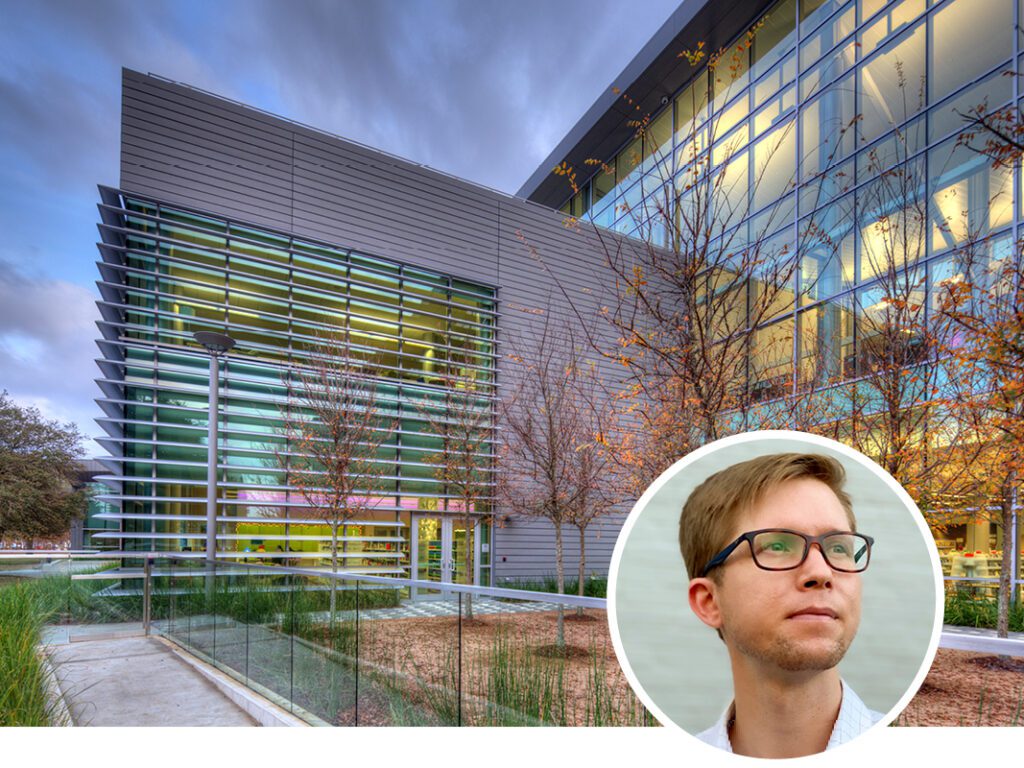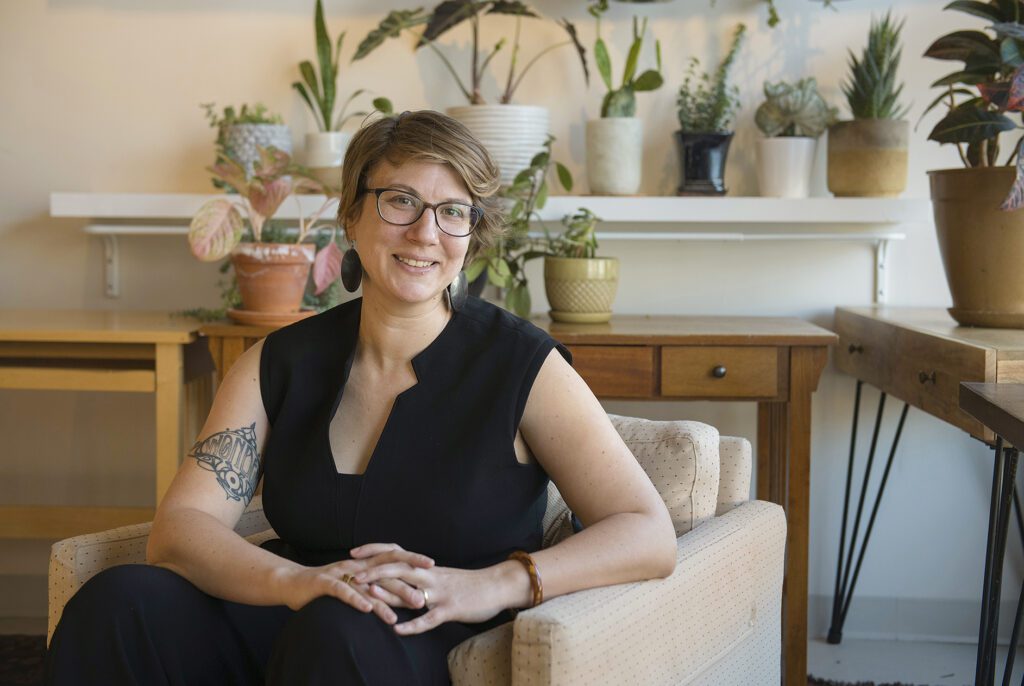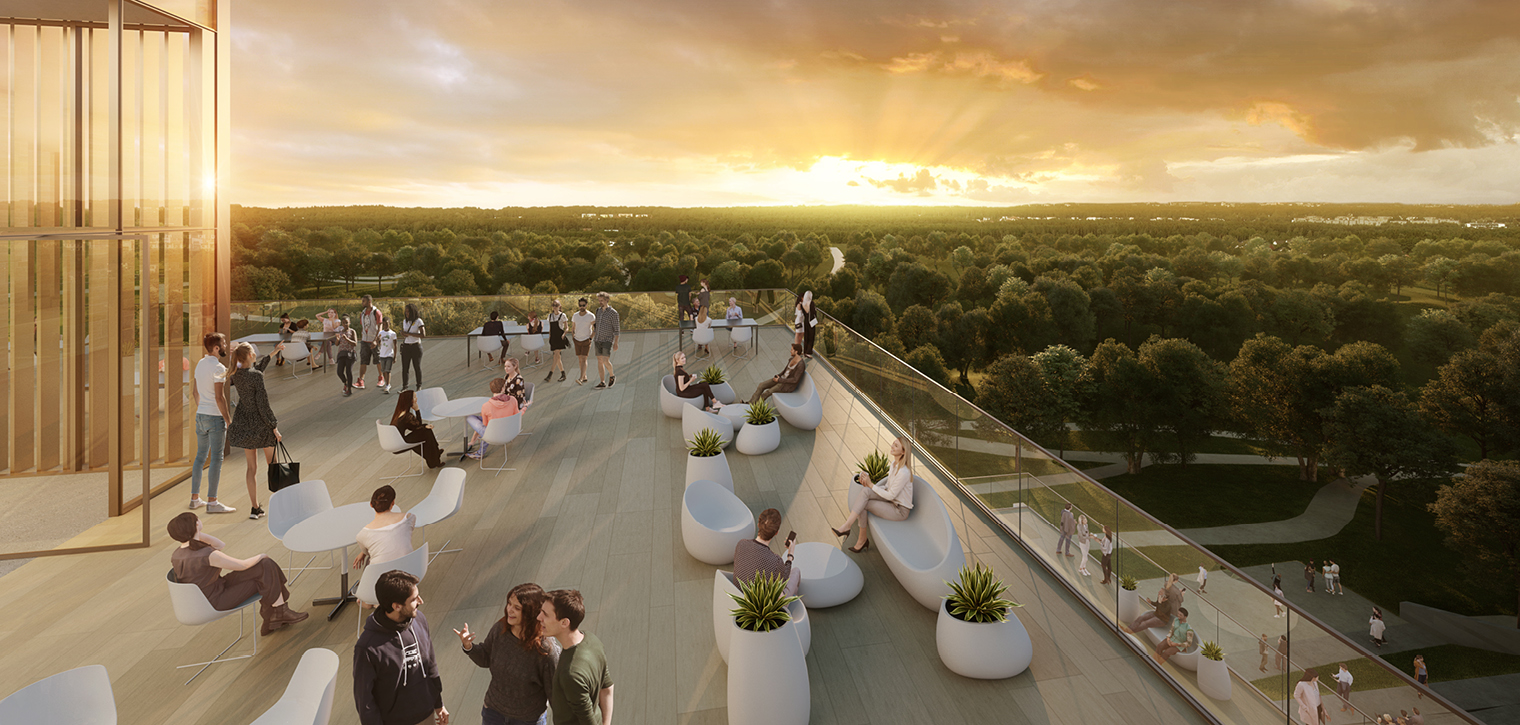How architects with LSU roots engage in design for the greater good
World history brims with the names of architecture’s great structural innovators: Filippo Brunelleschi pushed masonry to its utmost potential in the dome of the Florence Cathedral. Frank Lloyd Wright found balance with nature in the Fallingwater house over the Bear Run tributary. Zaha Hadid turned “two pebbles” into the gargantuan glimmers of the Guangzhou Opera House.
But who do we name when considering architecture’s great humanitarian innovators? After all, the task of engineering a building will eventually reach completion, but outside, in the chaos of the human experience, the metrics of success continue to evolve, turning the simple task of “finding the light” into as much of an act of compassion as one of construction.
Recently battered by some of the nation’s worst COVID-19 rates and hurricanes in the midst of longstanding economic, social and ecological anxieties, Louisiana sits poised at the top of the list of states that stand to benefit most from an updated approach to infrastructure. That, plus a diverse architectural history spanning the influences of Spanish ironwork, French windows and Caribbean color, have pointed out the LSU School of Architecture as a prime location for studying the complexities of curating space for humanity. And it was there that architect Josh Peak first found his way toward a more conscientious approach to design. Today, he is among a growing number of locally connected architects upholding cultural and environmental stewardship as a key component of a well-built society.

“As a student, I spent a lot of time in the library trying to research all kinds of theoretical stuff, maybe because I’ve always had an engineering type of brain,” says Peak, a former Tipton Associates architect who now works in Portland, Oregon, for Harka Architecture, a firm that originated in 2015 on the platform of low-carbon living. “Back then, Buckminster Fuller was a big influence of mine—he came up with new types of structures and was thinking very much about sustainability and humanity’s place in the world. I was also interested in things like Earthships, but at the time it all seemed to have little bearing on what was realistic in Louisiana.”
In the “real world” of client meetings and budgets, he says, theory often fell to the wayside in favor of creating spaces that were quickly and practically useful to the community, though still often to impressive effect, like his work with Tipton Associates and The Library Design Collaborative, the team behind the bright, open spaces of the Main Library at Goodwood. But after his move to Portland, the importance of using a place’s natural environment to inform energy-efficient and sustainable design became especially significant. He began to work with details like locally sourced wood and experimental insulators such as corn cob. The same approach has potential for success in Louisiana with the right focus on our own unique climate and resources.
Part of inspiring that imagination, Peak says, extends far beyond the technicalities of design. It relies just as much on architecture’s evolving approach to client relationships. “The big mission is to reduce carbon in the atmosphere,” he says. “That means not only taking into account what materials we’re using, but also conserving space and maximizing the lifespan of a building.”
This same approach brought another LSU-educated architect, Ivan O’Garro, to his career with the Washington, D.C.-based firm SmithGroup, which operates under the motto “Design a better future.” O’Garro, who was born in Trinidad and Tobago, was on the team that created “Society’s Cage,” a 2020 art installation on the National Mall designed to encourage contemplation on systemic racism in America. But a spirit for activism and cultural awareness had always been present in his work, from using patterns that honor the body art of Colombia’s Emberá tribe to creating a nonprofit, SamanHaus, that creates safe, empowering shelter for orphaned youth in Haiti.

“In 2015, a friend and I went down to Haiti and volunteered with a couple of organizations there, and we really saw the need for architectural work and infrastructural changes that would make living conditions better for these children,” he says. “It sounds very simple, but even providing a well on site for the boys at the orphanage stopped them from getting sick all the time from drinking impure water. Then they’re not missing school. Then they’re getting a better education. And they’re accessing better food since they can wash their fruits and vegetables in clean water.”
The concept seems so pragmatic, he says, but demonstrates the huge impact even small infrastructural change can have on a person’s wellbeing. “There are so many things that you can use through the skills and knowledge you acquire as an architect to change someone’s life.”
The key thing to remember, he says, is that architecture is a service industry. Whether O’Garro upgrades an orphanage in Haiti or considers the cultural surroundings of the new Gilcrease Museum in Tulsa, his philosophy requires not just a display of expertise, but the ambition to move the arrow toward a more sustainable, equitable human landscape. As lead designer for the 83,500-square-foot museum, O’Garro reimagined the space from the ground up, centering the natural beauty of the Osage Nation lands amid plans for more than 13 miles of walking and biking trails, increasing accessibility and usage of outdoor space.

As luck would have it, LSU’s links to architecture in Haiti gained another tie just this summer, when assistant professor of architecture Irene Brisson joined the staff, fresh off degrees from MIT, Columbia and the University of Michigan. Brisson’s current book project focuses on kreyòl architecture of the island nation, considering the influences of environmental risk, politics and ethnography. LSU fit the professor’s interests well because of the near-identical historical narrative shared by the colonial and architectural background of Haiti and Louisiana.
But like Peak and O’Garro, Brisson is steeped in the theory of design while also recognizing that design alone will not be the one thing that cures the world’s social ills.
“Architecture is a social product,” Brisson says. “It can absolutely change the way people live, but the way people live can also change architecture. There’s mutual feedback.”
Even so, architecture’s balancing act between science and art means that its practitioners stand to contribute a lasting imprint on the way we live in—and dream about—the world we want to see.
“Grace Lee Boggs, the grandmother of the Detroit activist scene, always said that we have to imagine the world we want to live in, because we can’t just keep critiquing what we have,” says Brisson. “As tempting as it is, you can’t wait for some day when all the political and economic issues of the world are resolved before you embark on your vision. In the metaphorical sense, you have to keep building, but for an architect, that can be literal, too. Even through one house at a time, or one park at a time—you can help build a better world that way.”












